Saturn
Picture credits
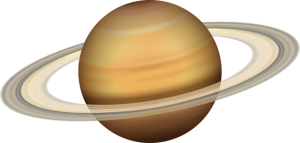

Although Saturn itself is about 4.5 billion years old, its rings are only 100 million years young! There are several explanations for the formation of the rings: they could be remnants of planet formation or the remains of a broken moon. Different rings may also have different ages.
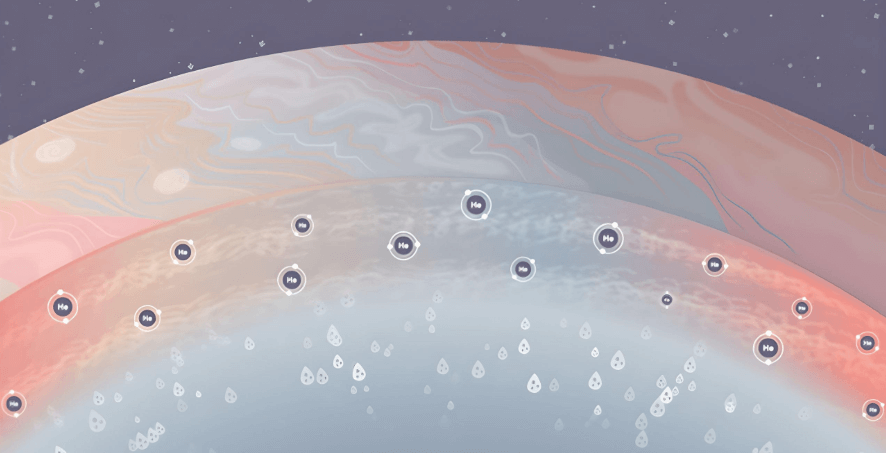
During the formation of the planets, a hot planetary core was formed. Over time, this heat migrates from the core to the outer layers of the planet, where it is radiated as infrared radiation. Saturn radiates much more heat than we expect. Presumably, this additional heat is generated by the separation (demixing) of hydrogen and helium, whereupon helium sinks to the bottom, which increases the energy and thus the temperature of the planet. At the University of Rostock, we investigate the conditions under which materials demix.
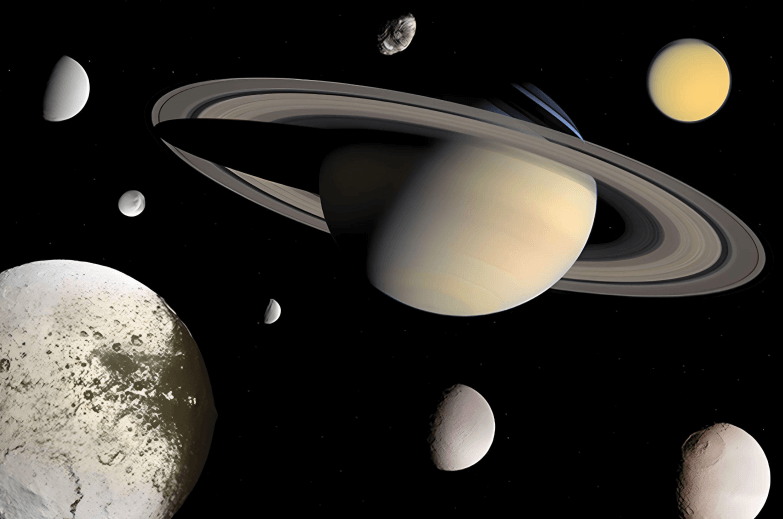
Saturn has a total of 146 moons (as of May 2023)! The largest moon, Titan, is three times larger than Earth’s moon. Besides Earth, it is the only body in the Solar System that has an active system of lakes and rivers. However, these are not made of water, but rather of ethane, methane and propane, all at -180 degrees Celsius!
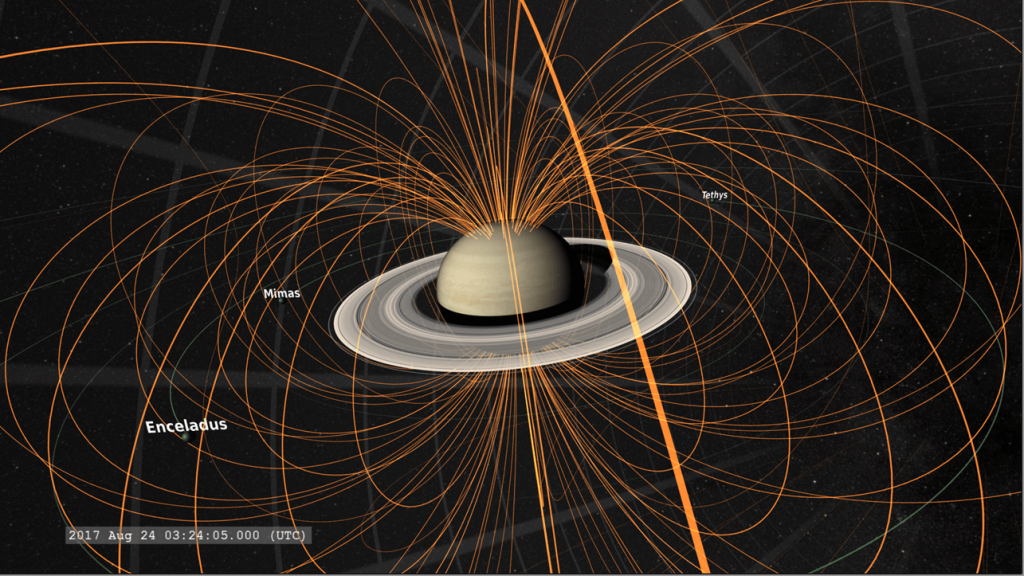
In the entire Solar System, Saturn is the only object where the magnetic poles are aligned with its axis of rotation. As far as we know, this alignment should not be stable. Why we can still observe it is not yet understood. We know that the magnetic field of gas giant planets is generated by conducting (metallic) hydrogen. But why the magnetic fields of Jupiter and Saturn differ so drastically is still a mystery. At the University of Rostock, we research the conditions under which hydrogen and other materials become electrically conductive and thus metallic. We also calculate other material properties inside planets and brown dwarfs.
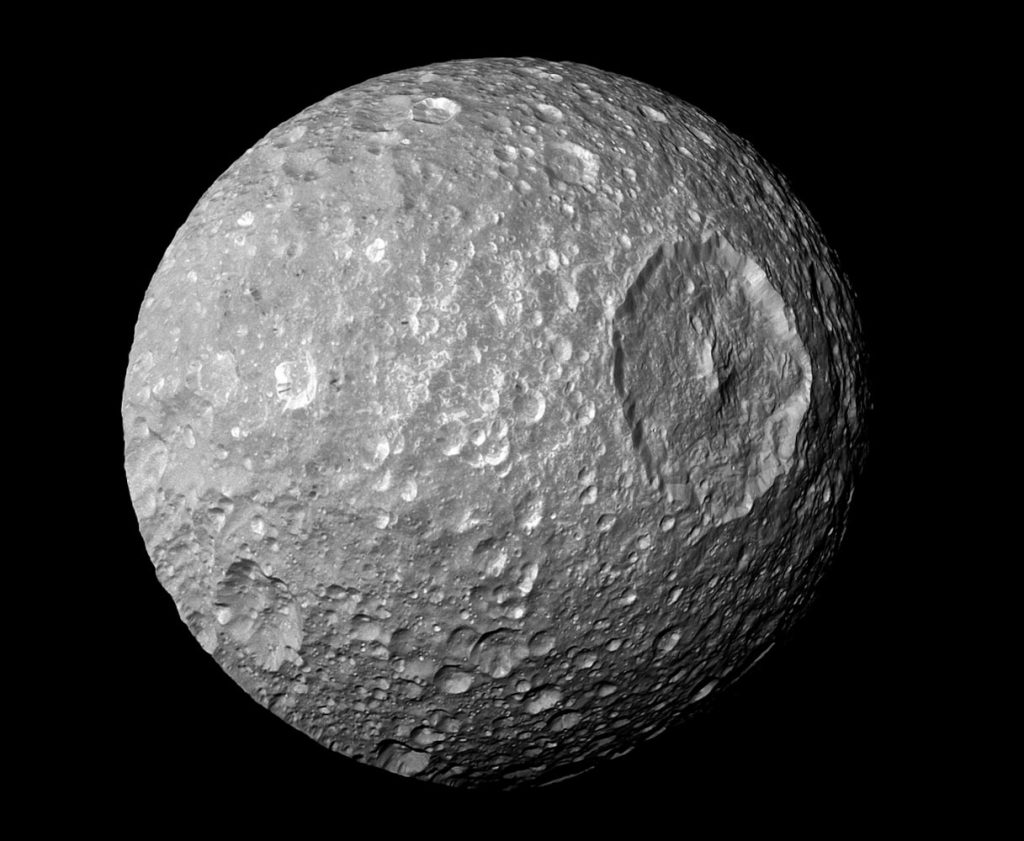
Mimas is the smallest spherical moon of Saturn. It has a 140 km crater that gives it the appearance of a “Death Star”.
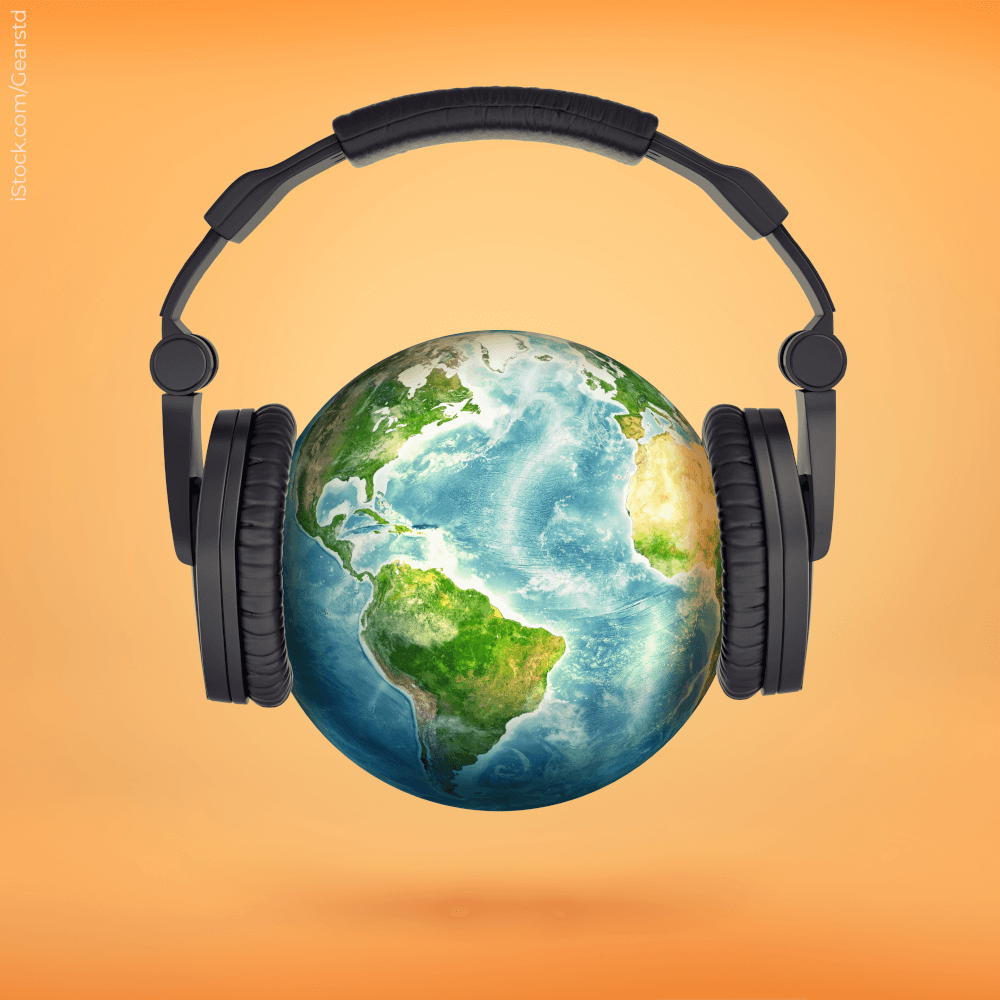
Audio guide
(available soon)
PhD students from the Institute of Physics at the University of Rostock give exciting insights into their research and explain the universe.
Quiz
Something special can be observed at Saturn’s north pole. What could it be?
